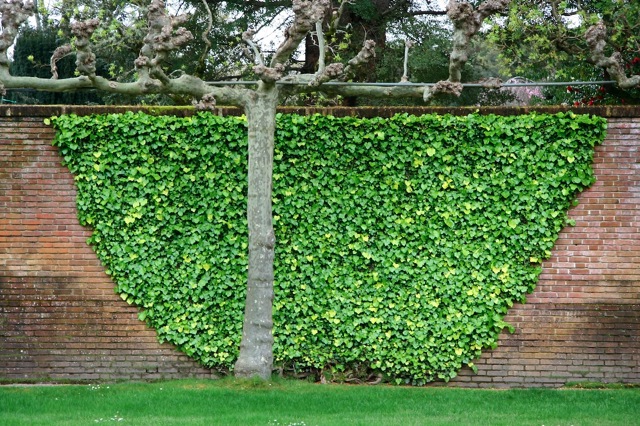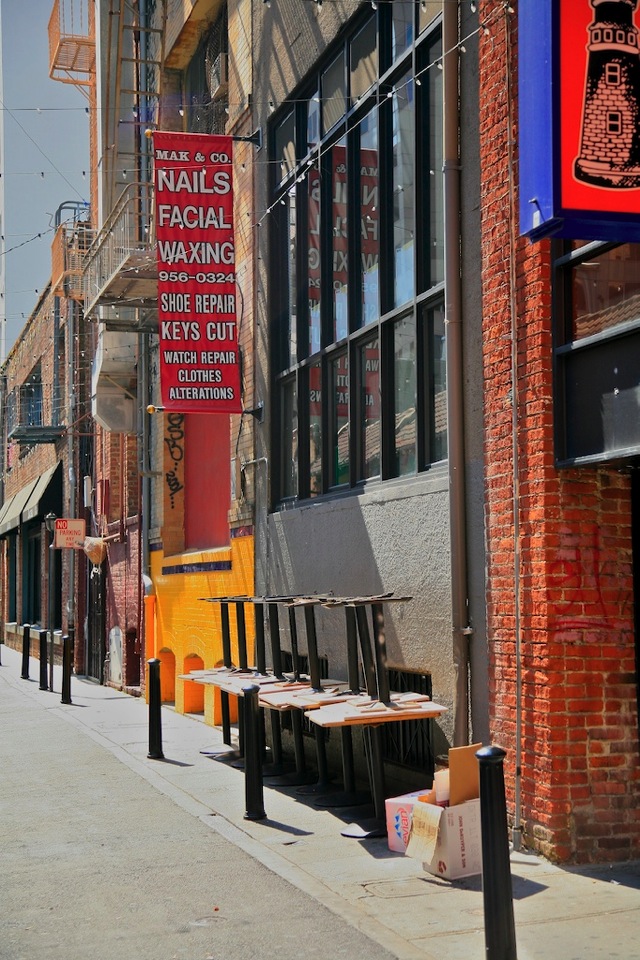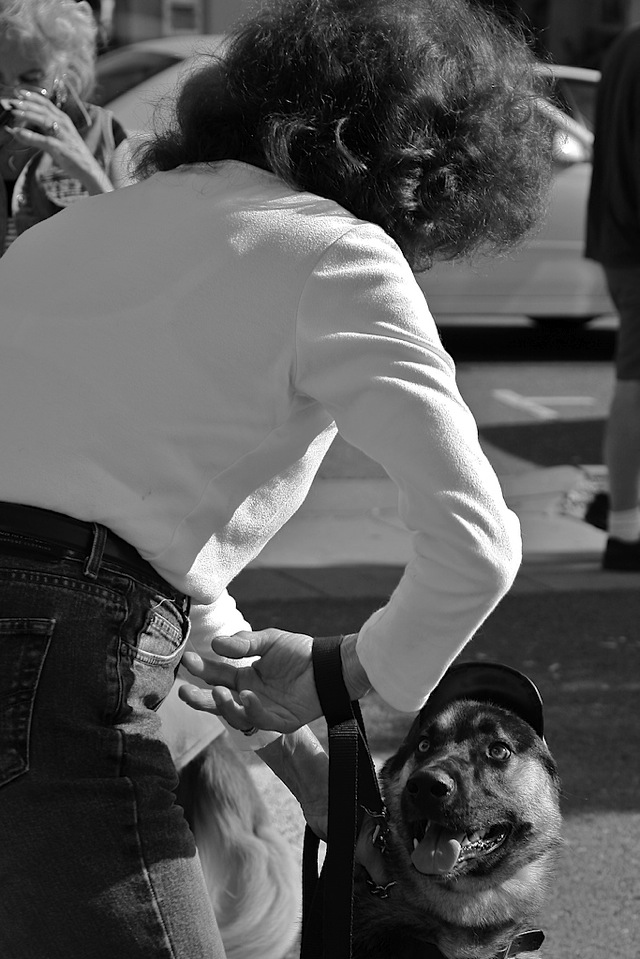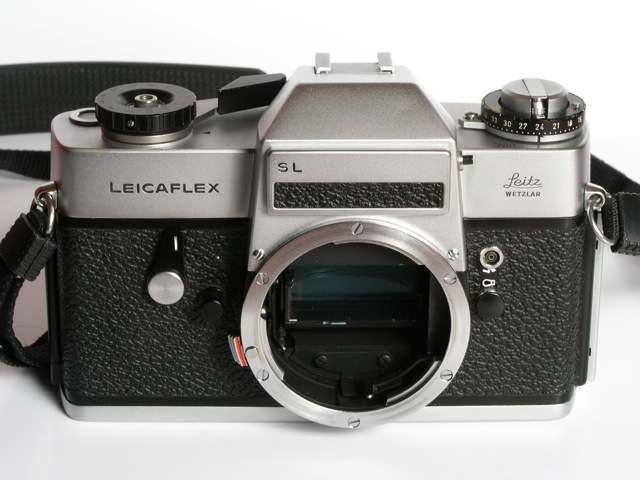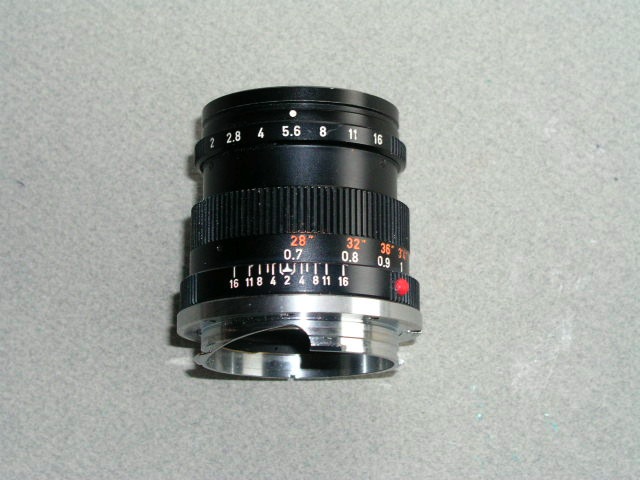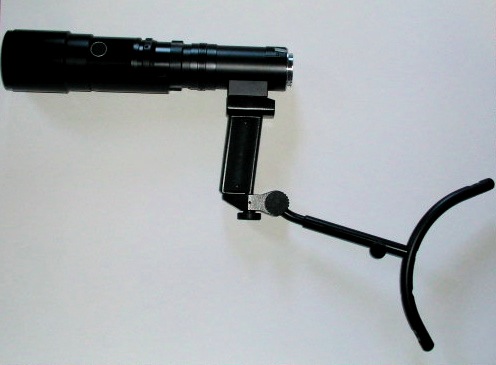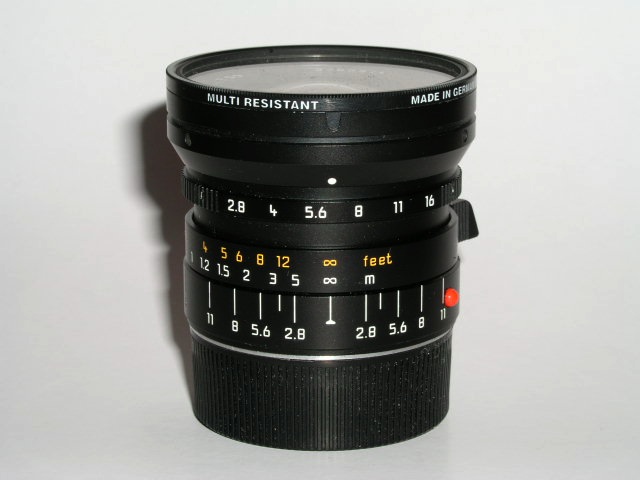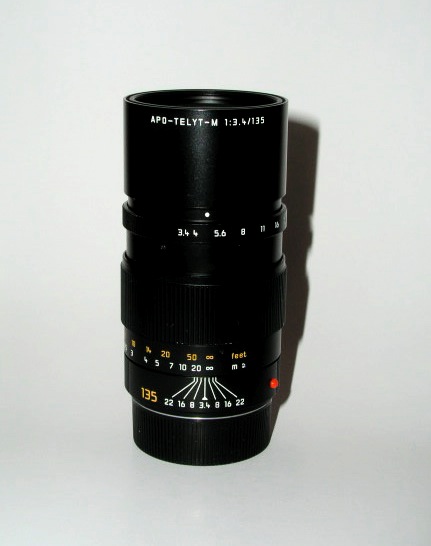Well, ball heads, to be exact.
Novoflex is a German company with a long and storied tradition of making camera gadgets. While their publicity machine in the US seems non-existent, the company for many years made a variety of adapters, bellows and follow focus mounts for Leica and other lenses which earned them a stellar reputation for quality and design. Indeed, for a while in the 1970s, you could buy the Leica 400mm and 500mm f/6.8 follow focus Telyt lenses from Leitz mounted either in the Leitz buttton release follow focus mount or in the Novoflex trigger release style.
The fact that their marketing in the US is lousy does not in any way minimize the quality of their products. Type in ‘Novoflex’ at the B&H site and you will be rewarded with no fewer than eleven pages of Novoflex products, from a $1,200 tilt bellows which can be adapted to just about any SLR made in the past fifty years, to a $19 plant holder clamp (no kidding) which can be affixed to a standard tripod screw.
Want an adapter to mount your Canon EOS lens backwards on the body for extreme close-up work? Novoflex has it. A nicely made, inexpensive, table top tripod? No problem. A forked joint, V-shaped tripod head to support the long barrel of an ultra-telephoto lens on a second tripod? You bet.
In other words, if specialty applications are your thing, there’s a good chance Novoflex makes it.
Having sold off a bunch of stuff left over from the old film camera days, I decided to reward myself with a toy. Something not essential, you understand, but nice to have. Now while I am not in any need of more cameras or lenses, having pretty much all I need, I do recall thinking that a really nice ball head for my Linhof tripod would be a good idea. Until now I have used a Leitz ball head which is very secure, the serrated ball locking firmly with very little force on the knob, but because I like to have both my tripod and monopod in the trunk of the car at all times, I concluded that one necessary luxury would be a second ball head. The Leitz could make its home premanently on the monopod, and the new head would live on the tripod. Like an old rather affluent friend who keeps mistresses in several of the world’s great cities. Luxury indeed!
Go to the Ball Heads section of the B&H site and you will find no fewer than nine pages’ worth. Phew! Sort in price order and the costliest, from Arca-Swiss, comes in at nearly $800. Now I like quality as much as the next man but I am not insane. Go down a few pages and you come across a truly funky one, suggesting that the folks at Apple are not the only ones who ‘Think Different’. It is, of course, from Novoflex, and is sold in three sizes (mine is the smallest – the ‘MiniMagic’). Here is how it compares with that inspired and ancient Leitz design:
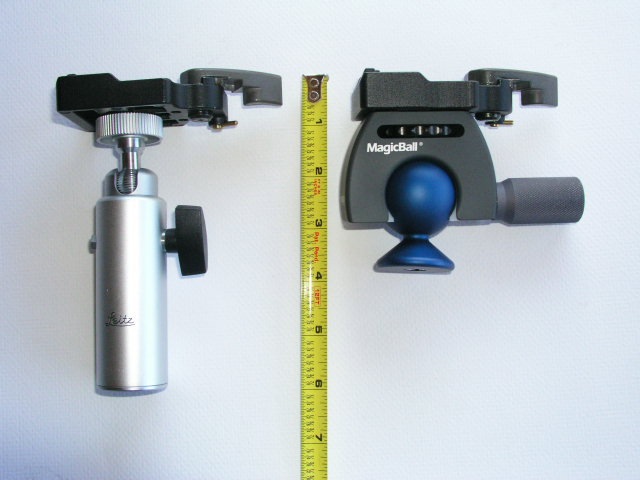
The Novoflex MiniMagic ball head next to the full size Leitz one
In the above picture both heads are fitted with Manfrotto quick release tripod plates. The design of the Novoflex permits unobstructed rotation of the camera without having to locate the ’90 degree slot’ you can see on the Leitz design. Some inspired designer at Novoflex has basically flipped the design and made the base of the head accept the camera, mounting the ball on the tripod. Genius.
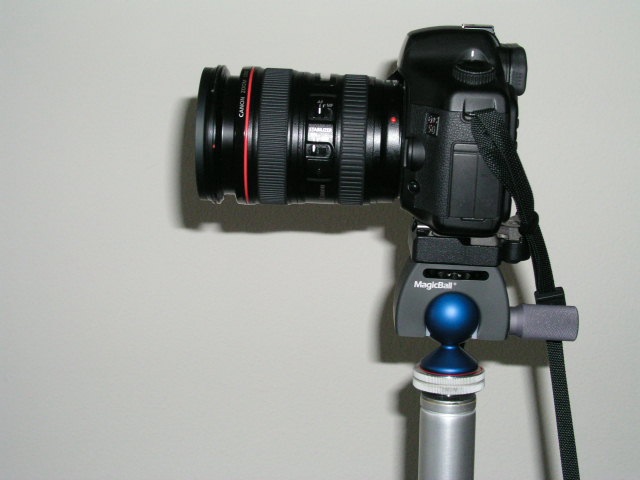
Electric blue adds a nice touch of fun to the inspired design
Novoflex states that the head will support 11 lbs, which means three Canon 5Ds with the standard zoom lens fitted. That’s a lot of weight.
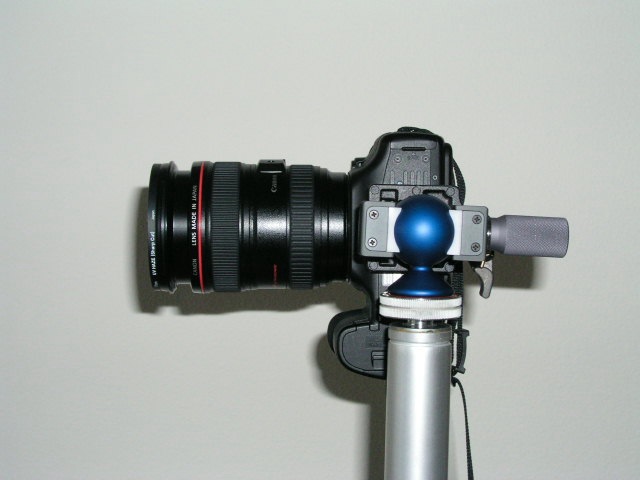
Flipped 90 degrees the nylon friction pads are revealed. Cleaning the ball could not be easier.
The head is fastened by rotating the large serrated protruding handle.
Novoflex makes two larger variants, capable of supporting 15 and 22 lbs., respectively, but for 35mm and medium format work the smallest seems more than adequate, weighing in at all of 11.5 ozs. The larger ones come with friction control, but it’s not something I need; for that matter, gently tightening the handle confers an adequate level of friction control with this model, should you require that to level the camera with small incremental movements. Also, realize that you would have to add the Novoflex Universal Panorama plate if you want calibrated, level rotation, but for panoramas I think you are far better off with something like a proper panoramic head with nodal point offset.

A toy, you say? Think again!
In practice the head is wonderfully easy to use, nothing ever gets in the way, and you can rotate the camera well past 90 degrees for those occasions where your tripod is not especially level. It looks just super on my old Linhof tripod. Recommended without reservations; even the price of $240 seems reasonable for something you will use the rest of your life. And that old Leitz head? Happy as a clam on the Manfrotto monopod, one of the best tools I know of to make your lens deliver its best.
